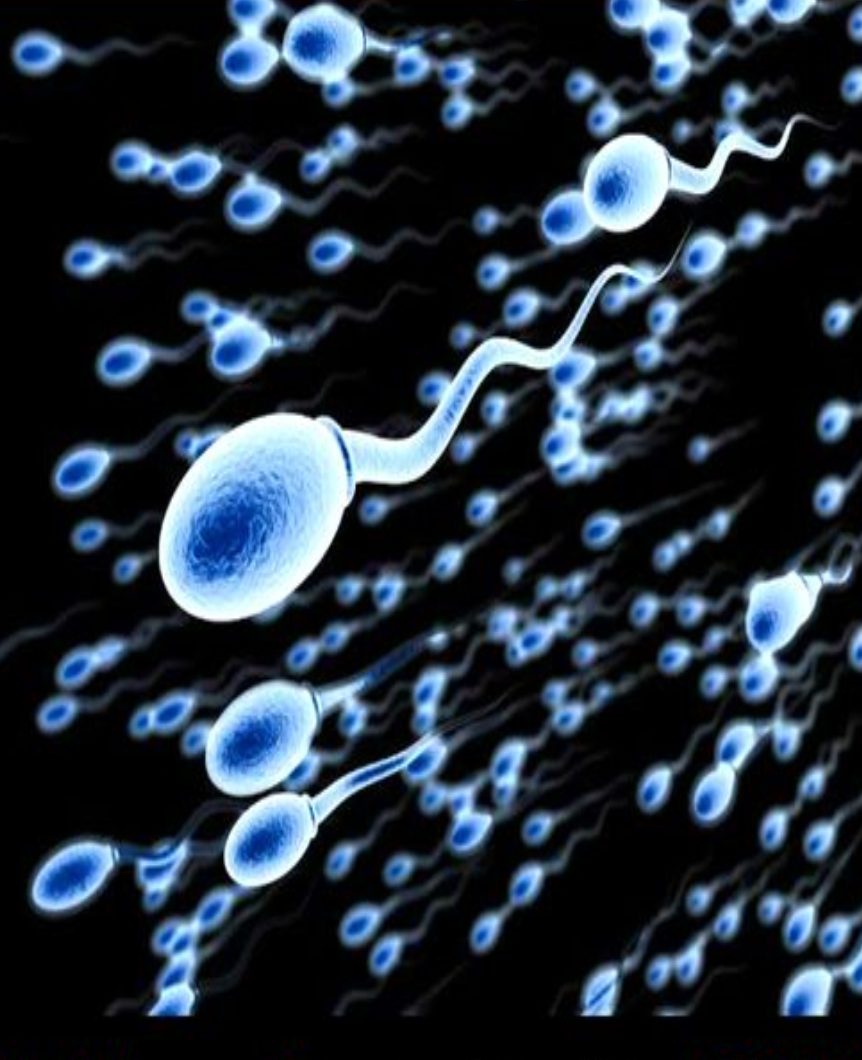Incredible as it may sound, each human sperm cell is a tiny powerhouse of genetic information, packing approximately 37.5 megabytes of data. This astonishing figure highlights the complexity and efficiency of human reproduction and genetics.
The implications of such data storage capabilities extend beyond just biology. Understanding the information contained in sperm cells can aid in advancements in reproductive technologies, genetic research, and even our comprehension of human evolution.